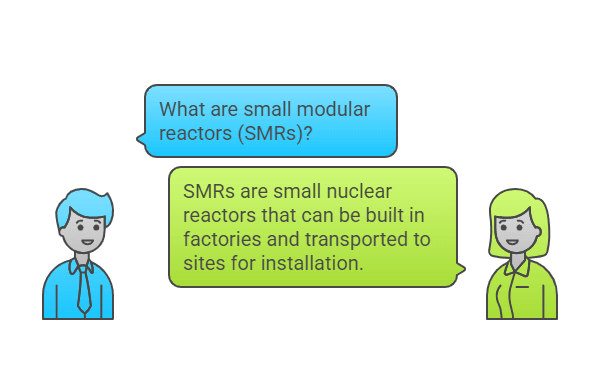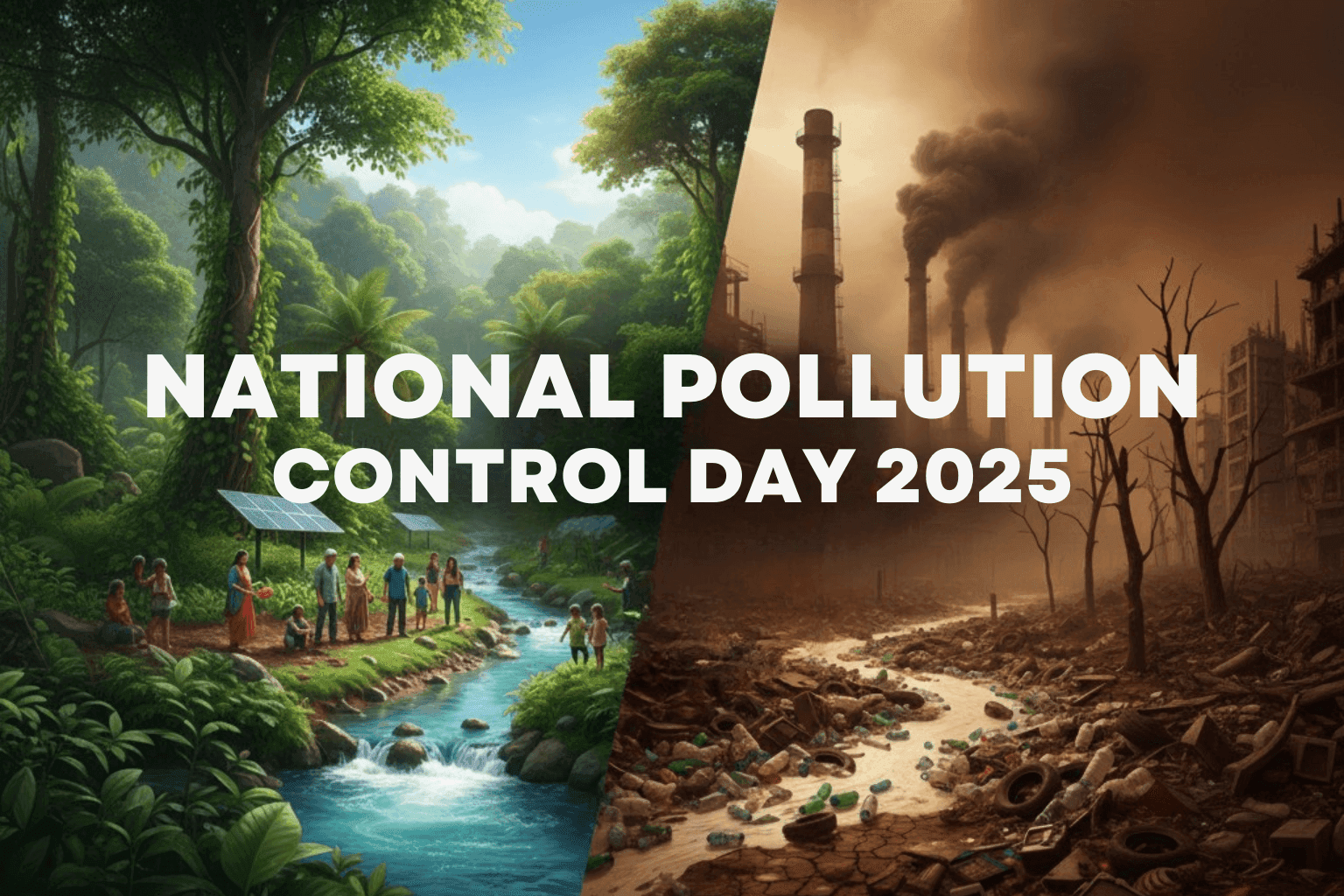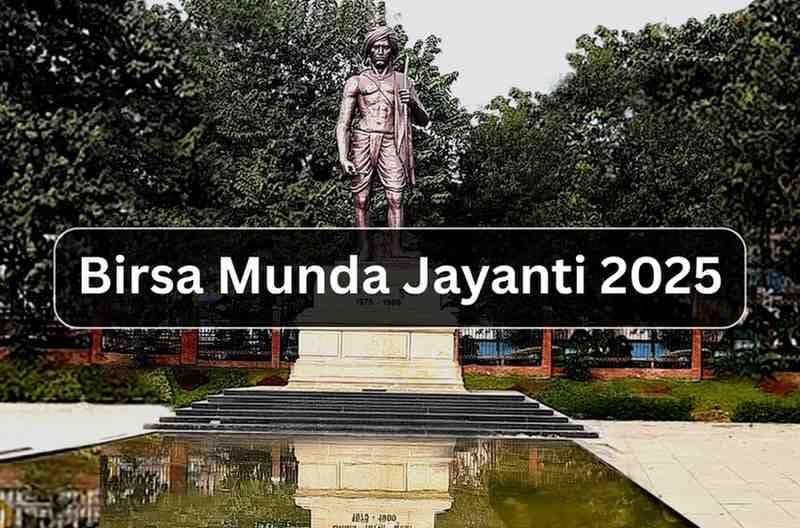Revamping India's Nulcear Energy Sector
Feb, 2025
•10 min read
Why in News?
The Nuclear Power Corporation of India Ltd (NPCIL) has issued a Request for Proposal (RFP) for Bharat Small Reactors (BSRs), marking a significant step towards adopting small modular reactors (SMRs). This development emphasizes the role of nuclear power in India, but concerns regarding private sector participation due to existing policy constraints continue to linger.

Introduction
The nuclear power in India stands at a crossroads. While significant progress has been achieved in developing nuclear technology in India, various structural challenges persist, limiting its potential to meet the country’s ambitious energy goals. India aims to produce 25% of its electricity through nuclear power by 2050 and achieve net-zero carbon emissions by 2070. For this, comprehensive reforms in policy, increased private sector engagement, and technological innovations are critical.

As the global community recognizes nuclear energy as a sustainable and reliable source of power, India's nuclear power program must focus on overcoming regulatory, financial, and technological challenges to emerge as a leader in this field.
Current Regulatory Landscape of Nuclear Energy in India
Centralized Control
- The Atomic Energy Act, 1962, grants the central government exclusive authority over all aspects of nuclear energy development and operations, ensuring national control over strategic assets.
Regulatory Oversight
- The Atomic Energy Regulatory Board (AERB) monitors safety standards across the nuclear energy sector and ensures compliance with international norms.
Liability Framework
- The Civil Liability for Nuclear Damage Act, 2010, caps operator liability at ₹1,500 crore, with the government acting as a backstop.
- The India Nuclear Insurance Pool (INIP) was established to provide coverage for nuclear accidents, ensuring industry resilience.
International Commitments
- India adheres to International Atomic Energy Agency (IAEA) safeguards under the Indo-US Civil Nuclear Agreement, allowing for the import of technology and fuel.
- Strategic autonomy is preserved by not signing the Non-Proliferation Treaty (NPT) while engaging in global nuclear partnerships.

Significance of Nuclear Energy for India
Diversification of Energy Mix
- The development of nuclear power in India reduces dependence on coal, which accounts for 55% of current energy needs.
- Nuclear energy complements intermittent renewables like solar and wind, providing consistent base-load electricity.
- The plan to expand nuclear capacity from 7.5 GW to 100 GW by 2047 underscores its role in diversifying the energy portfolio.
Climate Change Mitigation
- Nuclear energy plays a crucial role in achieving net-zero emissions by 2070, as it generates electricity with near-zero CO2 emissions.

- It contributes to India’s COP26 pledge to achieve 500 GW of non-fossil fuel energy capacity by 2030, with nuclear expected to deliver 22.48 GW by 2031-32.
Reducing Import Dependence
- Reducing reliance on imported fossil fuels—85% of crude oil and 50% of natural gas requirements—is vital for energy security.
- Indigenous initiatives, like the Fast Breeder Reactor (FBR) at Kalpakkam, demonstrate nuclear technology in India is becoming self-reliant.
Economic Growth and Employment
- The nuclear sector has significantly contributed to job creation, with the workforce almost doubling from 4,780 MW in 2014 to 8,180 MW in 2024.
- Large-scale projects, such as the Kudankulam expansion, create additional opportunities in construction and allied industries.
Base-Load Energy for Renewables
- The reliable energy provided by nuclear plants helps balance fluctuations in renewable energy generation.
- With India’s energy demand expected to double by 2070, nuclear energy ensures uninterrupted supply.
Strategic and Geopolitical Leverage
- India’s progress in nuclear technology strengthens its energy diplomacy and international partnerships.
- Indigenous advancements, such as the Prototype Fast Breeder Reactor (PFBR), showcase technological capabilities.

Key Challenges in India’s Nuclear Sector
Limited Share in the Energy Mix
- Despite its potential, India's nuclear power constitutes just 1.6% of total electricity generation, far below the 25% target set for 2050.
Financial Constraints
- High upfront costs and extended gestation periods discourage private and foreign investments.
- Current restrictions under the Atomic Energy Act, 1962, limit the involvement of private players.
Dependence on Imported Fuel
- Insufficient domestic uranium reserves expose India to geopolitical risks, affecting fuel supply for reactors.
Safety Concerns
- Public apprehension about nuclear safety, coupled with delays in projects like Kudankulam, has created resistance in some regions.
- The absence of permanent radioactive waste disposal facilities remains a critical issue.
Technological Delays
- Projects like the Prototype Fast Breeder Reactor, initially slated for completion in 2012, have faced significant setbacks.
High Costs and Inefficiencies
- The cost of nuclear power generation is higher compared to rapidly falling prices in renewable energy technologies.


Measures to Revamp the Nuclear Sector
Policy Reforms for Private Sector Engagement
- Amend the Atomic Energy Act, 1962, to allow private companies to participate in the construction and operation of nuclear reactors.
- A hybrid model, combining government oversight with private sector efficiency, could unlock new opportunities.
Focus on Indigenous Technology
- Enhance R&D through collaborations between institutions like BARC and private firms.
- Accelerate the deployment of Small Modular Reactors (SMRs), offering flexible and scalable solutions.
Streamline Land Acquisition Policies
- Harmonize land acquisition laws under the Right to Fair Compensation Act, 2013, with expedited clearances to prevent delays.
Develop Strategic Fuel Reserves
- Strengthen supply agreements with countries like Russia, Kazakhstan, and Canada to ensure uninterrupted uranium availability.
Enhance Regulatory Efficiency
- Establish a unified regulatory body, the National Nuclear Energy Authority (NNEA), to streamline project approvals.
Promote Green Financing
- Allocate funding through Sovereign Green Bonds to mitigate high capital costs and attract investments.
Strengthen Workforce Development
- Expand training programs under the Skill India Mission to create a skilled workforce capable of managing advanced nuclear technologies.
Address Waste Management Challenges
- Establish permanent disposal sites for radioactive waste and adopt advanced technologies for waste processing.
Enhance Public Awareness
- Conduct outreach programs to highlight the safety and environmental benefits of nuclear energy, fostering public trust.

Conclusion
The future of nuclear power in India depends on addressing its challenges through comprehensive policy reforms, technological innovation, and public-private partnerships. By focusing on indigenization, green financing, and effective regulation, India's nuclear power program can play a pivotal role in meeting its energy security and climate goals.
With strategic investments in nuclear technology in India, the sector has the potential to become a cornerstone of the country’s clean energy transition, contributing to its aspirations of becoming a global leader in sustainable development.
Frequently Asked Questions (FAQs)
Where is India’s first nuclear power station located?
India’s first nuclear power station, Tarapur Atomic Power Station, is situated in Tarapur, near Mumbai. Established under the 1963 123 Agreement with the U.S. and IAEA, it initially had two boiling water reactors (BWR).
What is India’s global rank in nuclear energy?
India ranks seventh globally in terms of the number of nuclear reactors, operating 23 reactors across seven power plants with a total capacity of 6780 MW.

Who is regarded as the father of India’s nuclear program?
Homi Jehangir Bhabha (1909–1966), an Indian physicist, is recognized as the pioneer of India’s nuclear program.
What was India’s first nuclear reactor called?
India’s first nuclear reactor, Apsara, became operational in August 1956 at the Trombay campus of the Bhabha Atomic Research Centre.
When did India conduct its first nuclear test?
India’s first nuclear test, codenamed Smiling Buddha, was conducted on May 18, 1974, in Pokhran, Rajasthan.
What are the advantages of nuclear energy?
Nuclear power is a low-carbon energy source with minimal greenhouse gas emissions, playing a crucial role in mitigating climate change.

Mains PYQs
- With growing energy needs should India keep on expanding its nuclear energy programme? Discuss the facts and fears associated with nuclear energy (2018/15M).
Prelims PYQs
With reference to the Indian Renewable Energy Development Agency Limited (IREDA), which of the following statements is/are correct? (2015)
- It is a Public Limited Government Company.
- It is a Non-Banking Financial Company.
Select the correct answer using the code given below:
A. Only 1
B. Only 2
C. Both 1 and 2
D. Neither 1 nor 2



